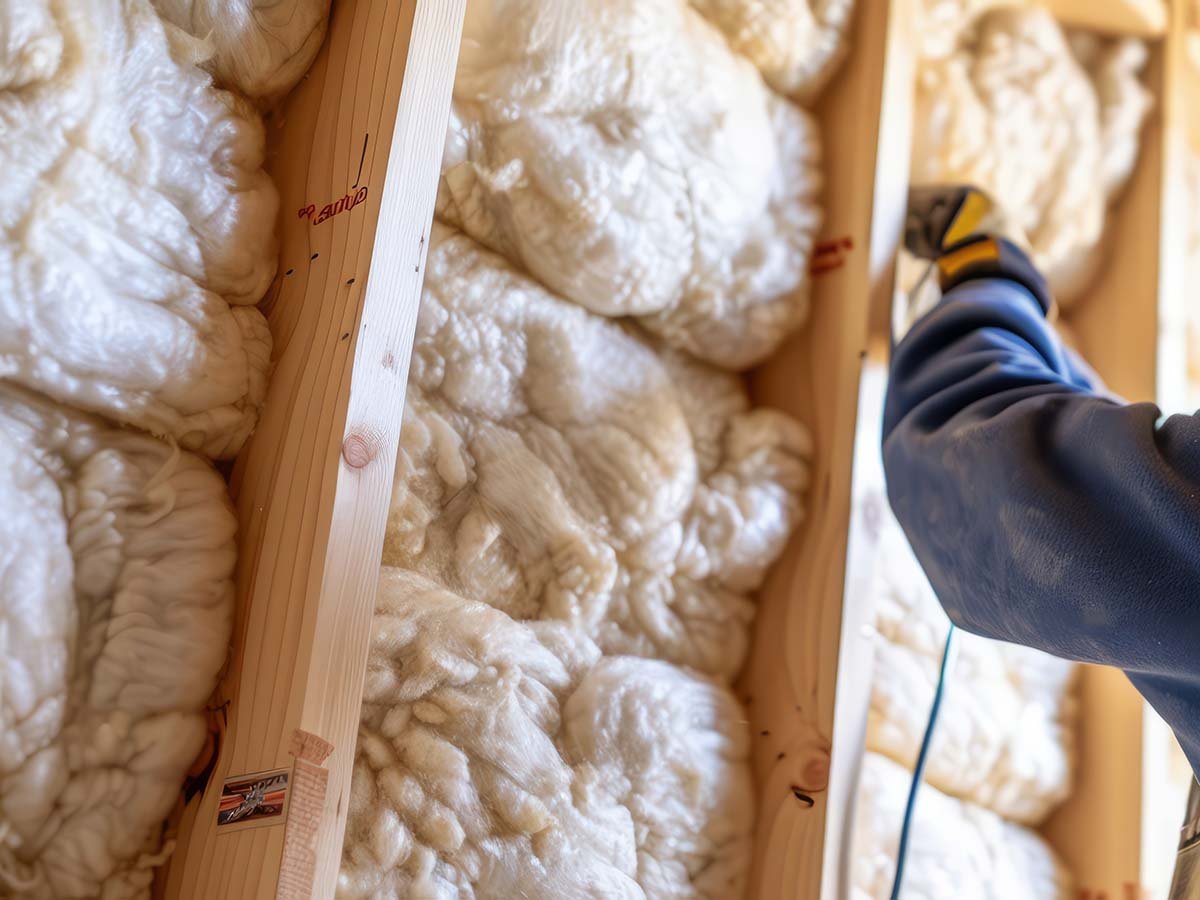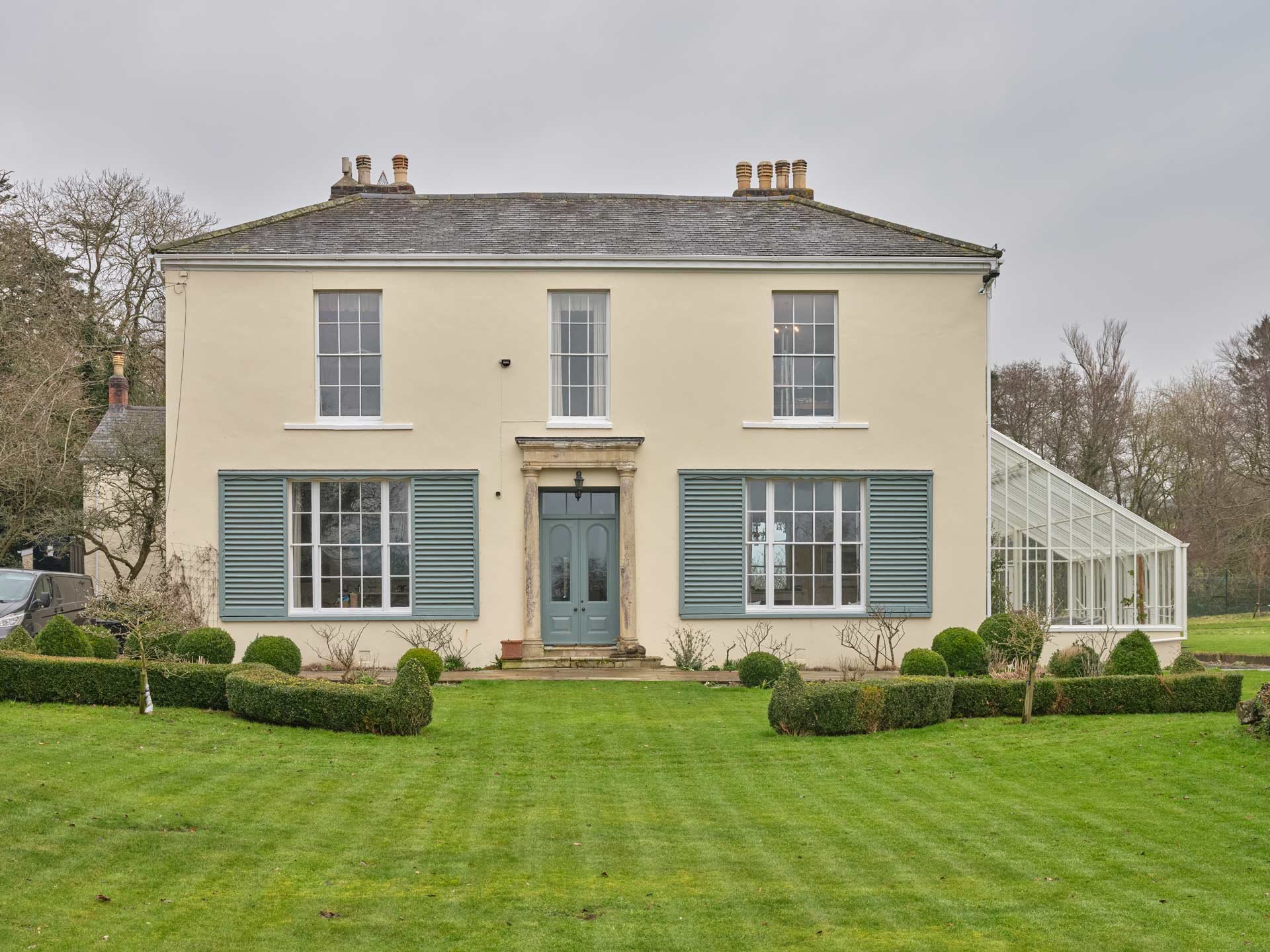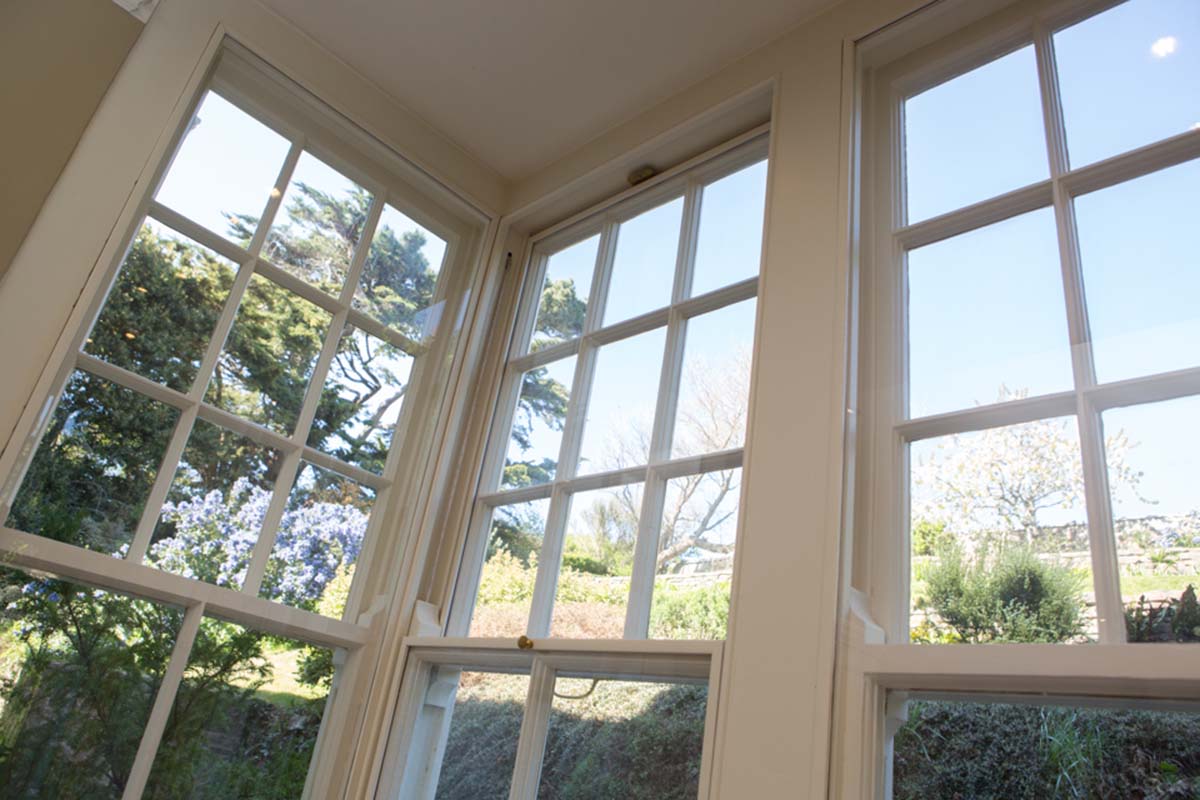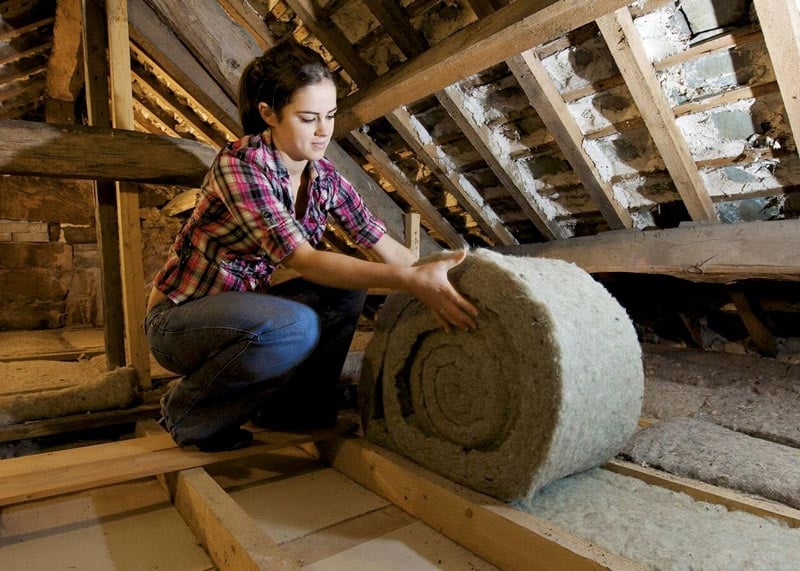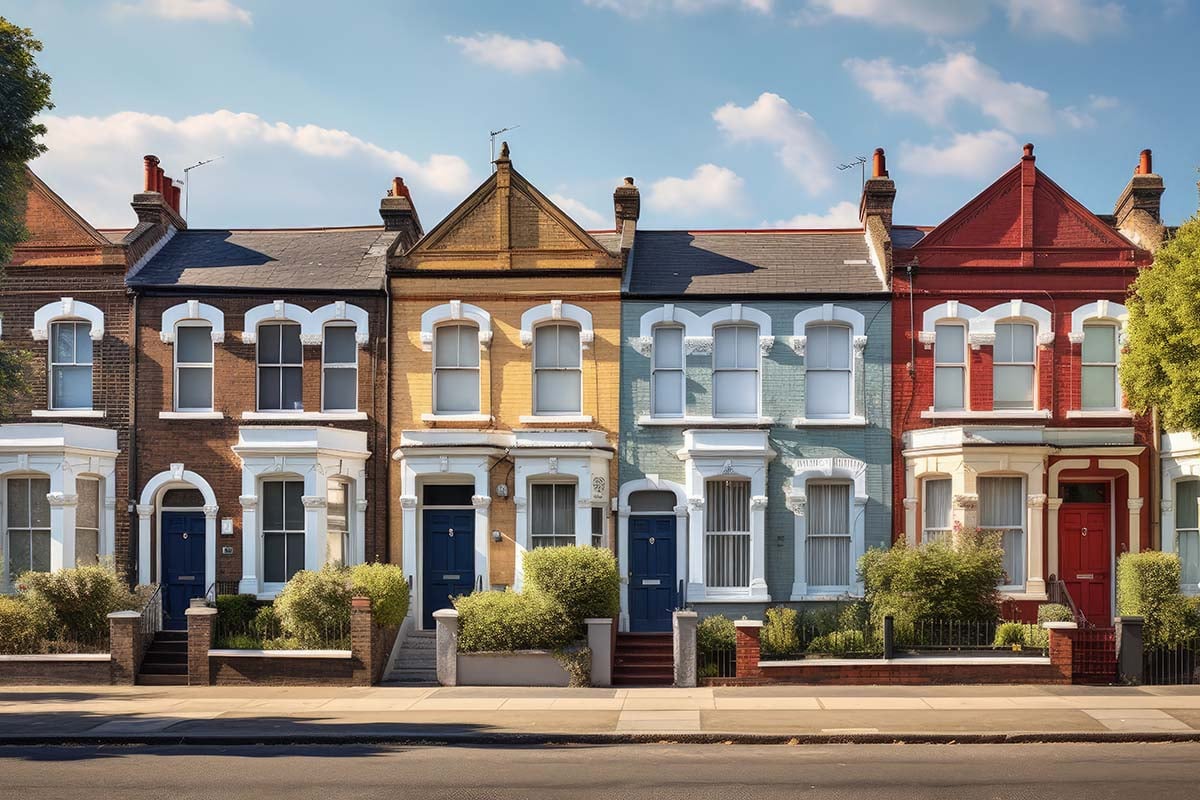Summary
This guide explores non-invasive attic insulation for period and listed homes, showing how to improve energy efficiency without altering historic structures. It explains safe techniques, compares discreet methods, and clarifies planning regulations. Homeowners can learn about the practical solutions that preserve character while enhancing comfort and reducing energy bills.
Introduction
Insulating a period home’s attic requires sensitivity. Unlike modern houses, listed and historic buildings can’t simply be filled with standard insulation. The challenge is to improve warmth without harming original details. This article explores non-invasive attic insulation techniques that balance comfort, efficiency, and conservation regulations.
What does non-invasive attic insulation mean for period homes?
Non-invasive insulation refers to methods that make homes warmer and more efficient without damaging or permanently altering historic features. This approach prioritises reversibility, meaning insulation can be added or removed without harm and uses breathable materials that allow water vapour to move freely and naturally.
Why can’t modern insulation always be used in heritage attics?
Many modern insulation products, such as spray foams, create airtight seals that trap moisture. In older houses with timber roofs, this can cause condensation, rot, or structural failure. In fact, Historic England warns that inappropriate insulation can accelerate decay in listed buildings.
How does non-invasive insulation differ from standard methods?
Unlike conventional materials, non-invasive options, such as sheep’s wool or wood fibre, work with the building’s natural moisture movement. They can usually be installed or replaced without altering beams, rafters, or plasterwork. This protects the building’s original structure while still reducing heat loss.
What benefits do non-invasive methods offer?
- Protects fragile roof timbers and original finishes
- Meets listed building regulations and avoids legal breaches
- Reduces risks of condensation, damp, and mould
- Maintains the authentic appearance of historic interiors
By combining energy savings with heritage preservation, non-invasive insulation offers the best of both worlds.

How to insulate an attic without altering the original structure?
The safest way to insulate heritage attics is through discreet, reversible measures that don’t attach permanently to beams or plasterwork. Instead, insulation can be fitted in less visible places like between joists, and under floors. Note that this creates a cold loft, and is therefore generally not suitable as a living space (but can be used for storage).
What role do natural materials play?
Sheep’s wool and wood fibre boards are particularly suitable for period homes. They insulate effectively while allowing moisture to pass through. Sheep’s wool, for example, can absorb up to 35% of its weight in moisture without losing performance.
How can insulation be fitted without damaging timbers?
Instead of glueing or spraying onto rafters, insulation can be laid loosely between joists or across ceilings. This avoids physical damage to beams while reducing heat loss through the roof.
For lofts where exposed beams form part of the character, insulation can be placed above ceilings or beneath floorboards. This way, the visual integrity of the roof space is preserved while the thermal efficiency improves.
What hidden insulation techniques work for heritage attics?
Concealed methods are particularly useful because they don’t change the visible character of the attic. These solutions often go unnoticed but have a significant effect on warmth and efficiency.
How does underfloor insulation work in attics?
Sheep’s wool or hemp rolls can be fitted between attic floor joists, then covered with boarding. This creates an insulated barrier without interfering with roof timbers or ceiling finishes below.
Can the sloping ceilings of an attic be insulated?
Where the attic is to be used as a living space the sloping ceilings, in certain conditions and subject to listed building consent, may be insulated. This creates a ‘warm loft’ and brings the attic space into the heated building ‘envelope’. It’s important to understand this envelope and ensure where possible that it creates a continuous insulated perimeter.
How can sloping ceilings be insulated in heritage buildings?
As this can be a more invasive process it’s important to consult with experts and is very likely to require listed building consent. If the attic is being converted to a living space then this conversion will require architect and surveyor services.
If the attic is already a living space then the existing fabric needs to be addressed. If there is (non-breathable) gypsum plaster then it should be removed and replaced with natural insulating materials to ensure breathability. Wood fibre can be fitted between the rafters while maintaining a ventilation air gap behind using a breathable membrane. If there is enough headroom and historic trusses and purlins are not going to be concealed then further wood fibre boards can be fixed under the rafters. The sloping ceilings can then be finished in lime plaster to complete the breathable insulated assembly
If there is lath and plaster in the sloping ceilings listed building consent must be sought. There are two options: one, to remove the lath and plaster and then follow the steps above; two, to leave the lath and plaster in place and ‘underboard’ with wood fibre and lime plaster. The choice will likely be determined by the planning and conservation process and/or other factors including design, layout, budget and invasiveness.

Can insulation be placed behind attic walls?
Yes, this is important where the attic is within the heated building envelope. Any eave spaces that are behind stud walls should be insulated to maintain the continuity of the heated envelope. This entails natural fibre boards or batts fitted discreetly between the studs behind the wall surface. The floors of these eave spaces should be insulated with sheep wool or woodfibre. Since this process creates ‘cold loft’ spaces in the eaves it also pays to insulate any doors and hatches into them.
An alternative to the above is to continue the sloping celing insulation down to the eaves above the wall plates. However depending on the layout this may not be possible or desirable, and ventilation of the roof must be taken into account.
What role does secondary glazing play in attic spaces?
In occupied attics windows are often a major source of heat loss. Installing secondary glazing, a discreet, removable inner window, improves insulation without replacing original glass. Historic England notes this as one of the most effective reversible energy upgrades for listed buildings. The walls and ceilings of dormer windows should also be considered for insulation – often there is little room between these and the window frames so insulated plasters or advanced highly insulating materials, such as aerogel, may be used.
Can attic insulation be installed without planning permission?
In many cases, non-invasive insulation can be installed without planning permission. However, listed buildings often require consent, especially where work changes the structure or character.
When is Listed Building Consent required?
Consent is required if insulation alters roof fabric, timbers, or visible finishes. For example, fixing rigid boards to rafters would need approval.
What types of work are usually exempt?
Reversible measures, such as laying sheep’s wool under floorboards or adding secondary glazing, usually do not need consent. These upgrades can often be carried out under routine maintenance.
Where can homeowners find official guidance?
Guidance is available on Historic England’s website, which provides detailed advice on energy efficiency in period properties. Local conservation officers can also confirm whether consent is required for specific works.

What non-invasive insulation materials are best for heritage attics?
Breathable natural materials are almost always the safest option for heritage properties. They improve warmth while allowing roofs to ventilate properly.
Why is sheep’s wool widely recommended?
Sheep’s wool is sustainable, breathable (allowing water vapour to pass through), hygroscopic (able to hold water in liquid form without cauing rot or mould), and naturally fire-resistant. It regulates humidity, preventing condensation from damaging roof timbers. It is also lightweight, making it easy to install in loft spaces.
Are wood fibre boards suitable for attics?
Yes. Wood fibre boards provide rigidity, thermal stability, and soundproofing. They are often used behind panelling or as part of “sarking boards” under tiles, where they discreetly enhance insulation without blocking moisture movement. Compared with synthetic foam board they have greater thermal mass and longer decrement delay – meaning that they heat up very slowly in hot weather. This makes them ideal to prevent overheating as well as insulation from the cold. They have a 10-12 hour decrement delay meaning that they only start radiating any absorbed heat at nighttime when it is cooler and heat can be easily purged.
How do hemp and flax compare?
Hemp and flax are flexible fibres that work well in awkward spaces such as between irregular joists or rafters. They are biodegradable, sustainable, and provide similar thermal performance to sheep’s wool, though slightly less effective at regulating moisture.
How do non-invasive insulation methods compare?
Each insulation material has different strengths in terms of cost, lifespan, and breathability. Choosing the right one depends on the property’s age, condition, and specific needs.
Comparison of Non-Invasive Attic Insulation Materials
| Material | Breathability | Lifespan | Heritage-Friendly | Notes |
| Sheep’s Wool | High | 40–60 years | Yes | Sustainable, hygroscopic |
| Wood Fibre | Medium-High | 40–50 years | Yes | Acoustic insulation, sustainable |
| Hemp/Flax | Medium | 30–40 years | Yes | Flexible for irregular spaces |
| Mineral Wool | Low | 35–40 years | No | Fire resistant but non-breathable |
| Rigid Foam | Very Low | 40–100 years | No | High thermal efficiency, but unsuitable for heritage roofs |
What role does professional expertise play in attic insulation for period homes?
Attic insulation in historic buildings should not be attempted without expert guidance. Specialist installers ensure the work respects both building regulations and the property’s historic value.

Why should heritage-trained installers be used?
They understand conservation rules and can advise on reversible, non-invasive methods. For example, they will avoid spray foams, which RICS warns can be harmful to heritage buildings and are not suitable for listed properties without consent, and instead recommend sheep’s wool, wood fibre and fully-breathable solutions.
How do experts avoid hidden risks?
Professionals check that ventilation routes are not blocked and that insulation materials are compatible with old roof timbers. They also ensure that thickness levels meet modern efficiency standards without breaching heritage restrictions.
How does Mitchell & Dickinson approach attic insulation?
Mitchell & Dickinson specialise in non-invasive insulation using natural materials such as sheep’s wool, wood fibre and lime plaster. Their discreet methods, loft and sloping ceiling insulation, secondary glazing and draught proofing, ensure that period homes remain warm while fully complying with listed building requirements.
Conclusion: What is the best way forward for insulating heritage attics?
The best non-invasive attic insulation for period homes uses natural, breathable materials like sheep’s wool, wood fibre, and hemp. These methods improve comfort, reduce energy bills, and protect historic timbers. With specialist guidance, homeowners can achieve a warm, efficient home while safeguarding its historic character.
To explore heritage-friendly attic insulation options, visit Mitchell & Dickinson’s insulation services.
FAQs
An uninsulated home can lose around 25% of its heat through the roof, and can be even higher in traditional buildings. Savings vary depending on property type and existing insulation.
Not if non-invasive methods are used. Sheep’s wool under floors or wood fibre behind panels is concealed from view, preserving the home’s historic appearance.
Costs vary depending on material, but heritage-friendly natural options typically range between £20–£50 per m² not including installation costs.
Spray foam is widely discouraged in listed and heritage homes because it seals roofs, can trap moisture, and may cause long-term timber damage. Some surveys also note that it can make resale more difficult.
Spray foam is widely discouraged in listed and heritage homes because it seals roofs, can trap moisture, and may cause long-term timber damage. Some surveys also note that it can make resale more difficult.
Heritage homes benefit from inspections of attic insulation every 8–10 years, or sooner if signs of damp, pests, or blocked ventilation appear
